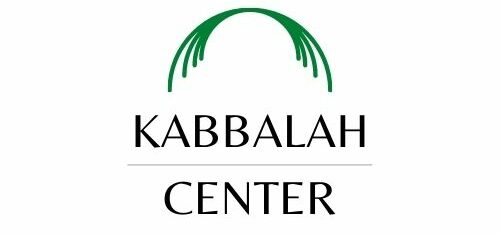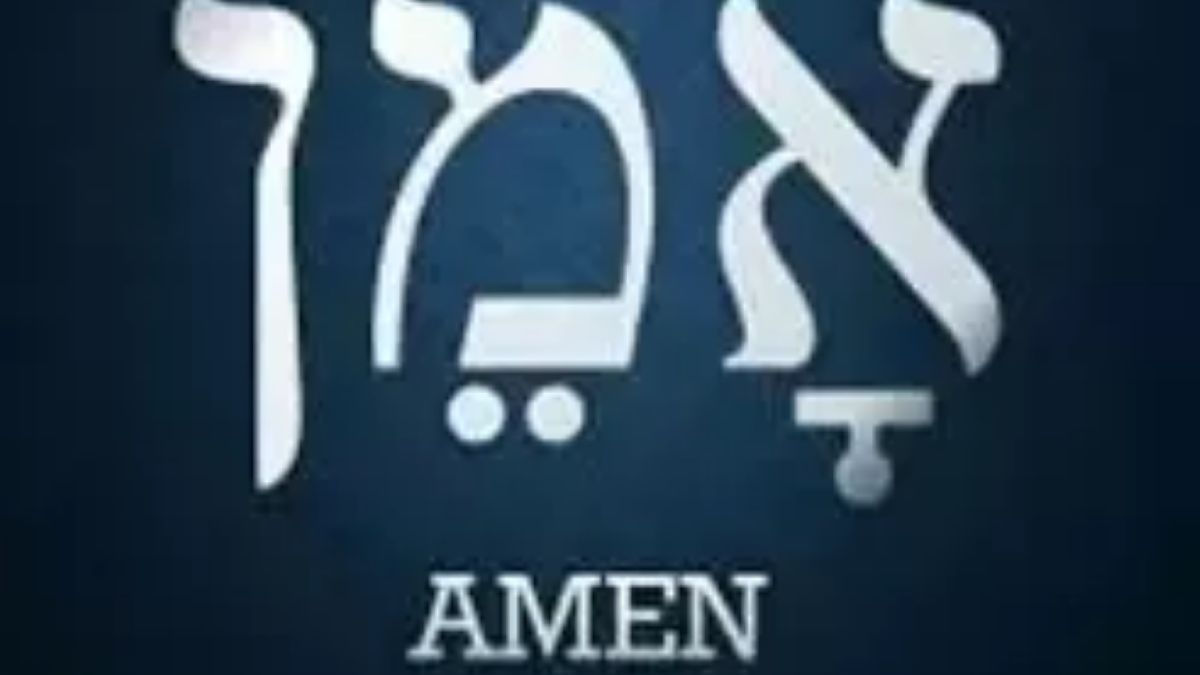During Jewish prayer service, Jews will generally be required to make three basic responses. There is the customary “amen” (translated from Hebrew as “so be it”). Amen is an affirmation, and it should be said with intensity.
When someone says, “barukh atah adonai” (“blessed is the Lord”), others rejoin, “barukh hu u’varukh shemo” (“blessed is He and blessed is His Name”). Finally, whenever someone recites, “barukhu et adonai ha-m’vorakh” (“bless the Lord, the Blessed One”), the congregation responds, “barukh adonai ha-m’vorakh l’olam va-ed” (“blessed is the Lord, the Blessed One, forever and ever”).
There’s a good deal of standing during a Jewish service, so when you see the congregation rising, follow their lead. Generally, people will rise when the ark is open, when the Torah is being carried around the room, during the Shemoneh Esrei, and while the Aleinu is recited. In most congregations the rabbi will tell you when to rise and when to sit. In those very observant congregations where this may not happen, just follow the people on either side of you.
At specific times during a Jewish service, you are expected to bow. To do so properly, you must first bend the knees, then bend forward while straightening the knees, then return to the standing position. It’s something like diving into a pool of water, except your arms don’t move since you’re holding the Siddur.
Whenever there is a Torah reading, the Torah is paraded about, giving the congregants an opportunity to kiss this holy scroll. When the Torah passes, you can touch the cover with your hand, Siddur, or tallit (prayer shawl), and then kiss your hand or the object that had just touched the Torah. This action will demonstrate your reverence for the Torah, the holiest object in Judaism.
There are no mitzvot directing synagogue attire. Obviously, you should dress modestly particularly if you attend an Orthodox synagogue—exercise your common sense and good taste. However, commandments do exist about specific articles of clothing, like the tefillin and kippot (skullcaps), which should be worn in synagogue during prayer services.


